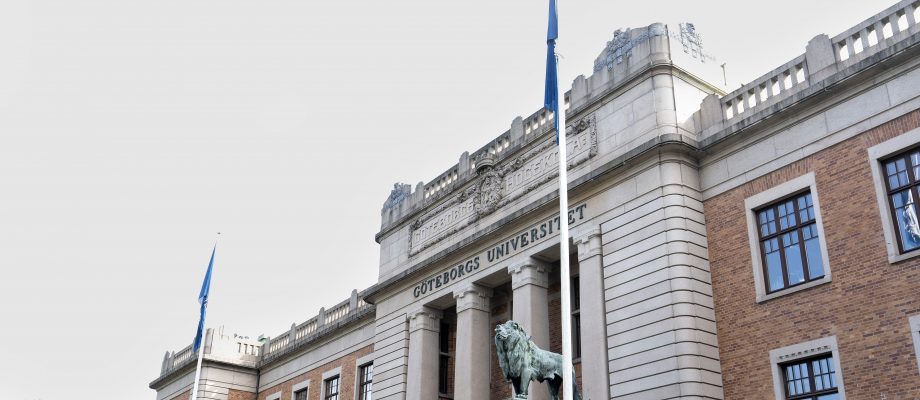DIALOGUE. On Wednesday, October 11, the new university management visited Sahlgrenska Academy for the autumn operational dialogue. The dialogue is an opportunity to discuss both current issues and strategies with representatives from students, institutes, Core Facilities, and the faculty management.
The focus of the new university management is to map and assess the various initiatives taken during the previous term. Some are linked to concluded agreements and alliances. The dialogue is also intended to provide a comprehensive picture of ongoing activities and the commitments the university has made. The Vice-Chancellor emphasized that the coming period will involve prioritizations, a view supported by the faculty representatives.
Before the dialogue, Sahlgrenska Academy had raised certain issues, including the costs of the library, expenses for various types of initiatives, and the need for infrastructure. Costs for media and the library have increased, and the faculty is planning a General Academy Meeting on this topic during the autumn. Max Petzold, the new chairman of the library board, mentioned that the faculties will be asked to describe their needs and views on how library operations should look in the future, as part of the 2025-2027 strategic work. Secure storage of research data will be opened up to more researchers around the turn of the year. The next step is to look at how to offer long-term storage.
EBM and Study Spaces
Infrastructure is an important issue for Sahlgrenska Academy. The faculty highlighted the reconstruction of EBM as a crucial opportunity to ensure the continued development of university research and to significantly reduce the university’s climate impact. The Vice-Chancellor requested additional information as a basis for the university’s strategic work.
From the students’ perspective, access to study spaces is a crucial issue, and plans for study spaces in both the short and long term were discussed. The number of study spaces has been expanded and will increase further. New spaces are available in the Lundberg Laboratory building, and additional spaces will be added next year under the restaurant Salt och Syra, as well as at the Health Sciences Center (formerly the Geovetar Center). There are plenty of spaces, but the quality is low along the corridor in Medicinarelängan (‘the Medical Longhouse’). Additionally, some of these spaces are hidden. In connection with a meeting with Akademiska Hus, the dean emphasized the importance of making the Medicinareberget campus a more vibrant environment. For example, Akademiska Hus should work to build student housing and make Medicinareberget more accessible.
BY: KRISTINA JOHANSSON
PHOTO: JOHAN WINGBORG











